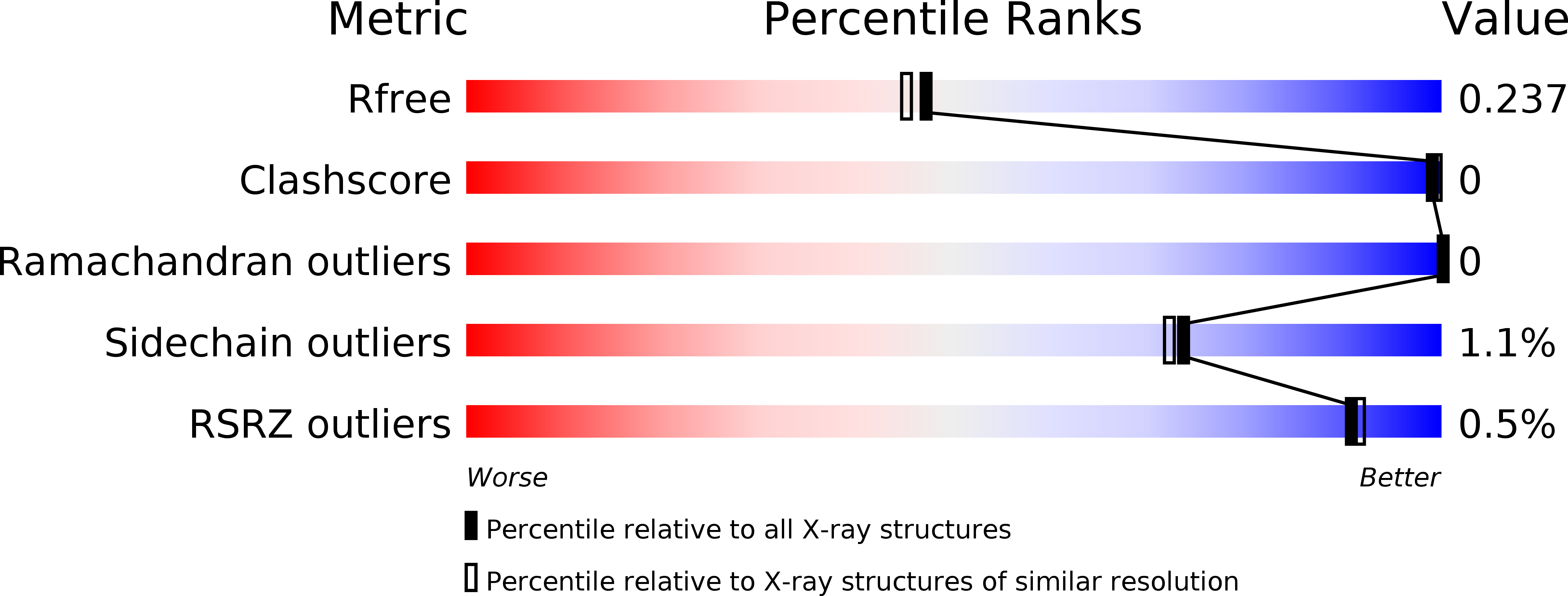
Deposition Date
2014-09-17
Release Date
2014-10-01
Last Version Date
2024-01-10
Entry Detail
PDB ID:
4V0P
Keywords:
Title:
Crystal structure of the MAGE homology domain of human MAGE-A3
Biological Source:
Source Organism:
HOMO SAPIENS (Taxon ID: 9606)
Host Organism:
Method Details:
Experimental Method:
Resolution:
2.07 Å
R-Value Free:
0.23
R-Value Work:
0.20
R-Value Observed:
0.20
Space Group:
P 61 2 2


